
12 Jaw-Dropping Helmets from the Ancient World
Helmets of the ancient world could be dazzling, terrifying, intimidating or sometimes simply practical. Here we look at 12 incredible helmets from across the ancient world.
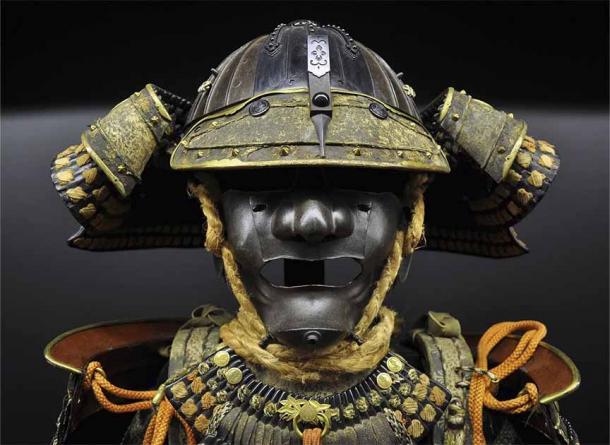
A Japanese Samurai helmet and mask. Samurai helmets were designed to intimidate the enemy. They were shaped to look like devils or mountain sprits. The helmets were constructed in several sections made of metal ornamented with antlers, horns, fur, feathers, gold, lacquer, or paper maché. (Public Domain)
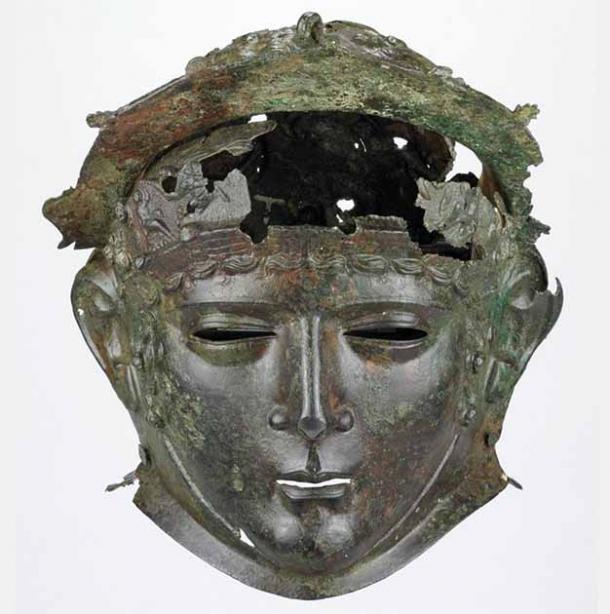
The Ribchester Helmet. Romano-British copper alloy cavalry helmet with face-mask visor (1 st – 2 nd century AD). Decorated with a scene of a skirmish between infantry and cavalry. The helmet was found in Ribchester, Lancashire, in the northwest of England. The Ribchester Helmet was not used for combat but served either a sporting or ceremonial purpose. (Trustees of the British Museum / CC by SA 4.0)
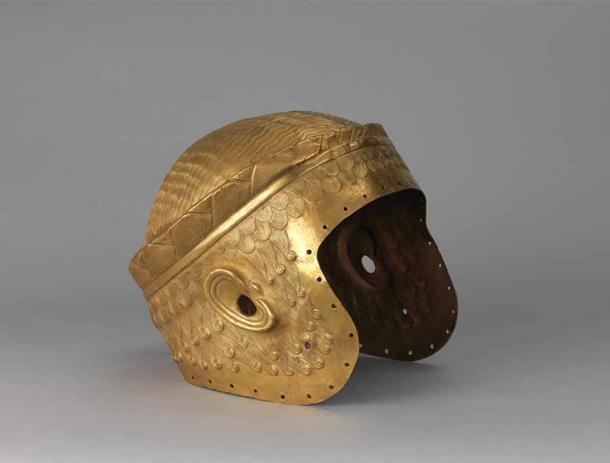
The War Helmet of Meskalamdug, the Powerful King of Kish. It was discovered in 1924 in Iraq in the Royal Cemetery at Ur. It was hammered up from a single sheet of 18 carat gold with features in relief and details engraved. (Penn Museum)
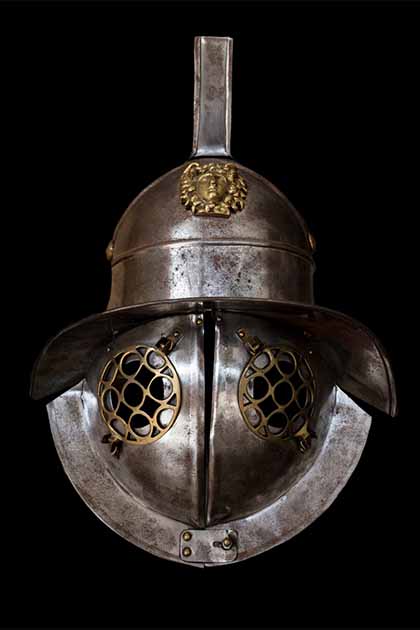
Murmillo gladiator helmet. The murmillo was a type of gladiator during the Roman Imperial age. The helmet of the murmillo had a broad brim, as well as a crest, which was adorned with plumes or horsehair. This crest would typically have a stylized fish on it, as the murmillo is sometimes referred to as the ‘fishman’. (WH_Pics / Adobe Stock)
- Did Ancient Warriors Really Go to Battle Wearing Winged Helmets?
- The Sinister Roman Cavalry Helmet of the Ribchester Hoard
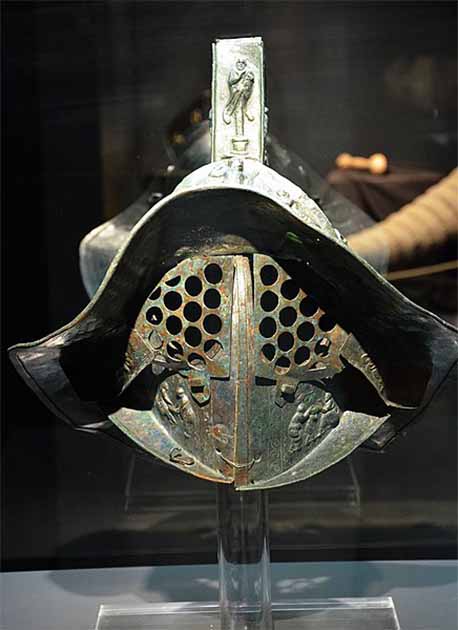
Gladiator helmet found in Pompeii and richly decorated with scenes of Greek mythology. Now in the Louvre Museum. (Carole Raddato / CC by SA 2.0)
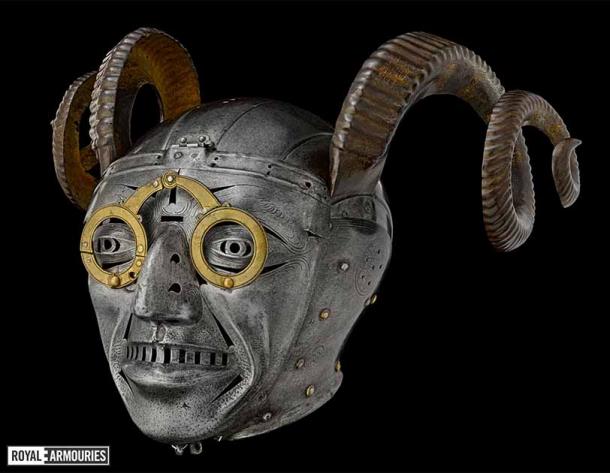
The Horned Helmet of Henry VIII. Historians believe the bizarre helmet was sent as a gift to King Henry VIII by Maximilian I, the Holy Roman Emperor in 1514 AD. Exhibited today in the Royal Armouries Museum in Leeds, England (Royal Armouries / Non-Commercial License)
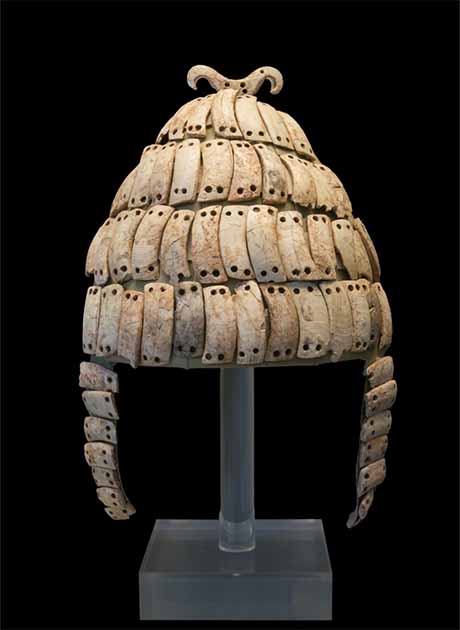
Mycenaean boar's tusk helmet excavated from a chamber tomb. This type of helmet is described in Homer's 'Iliad'. 14th - 13th BC. Currently housed at the National Archaeological Museum of Athens. (Public Domain)
- Exposing the Roots of the Viking Horned Helmet Myth
- The Helmet of Miltiades, Symbol of a Famous Ancient Greek Warrior
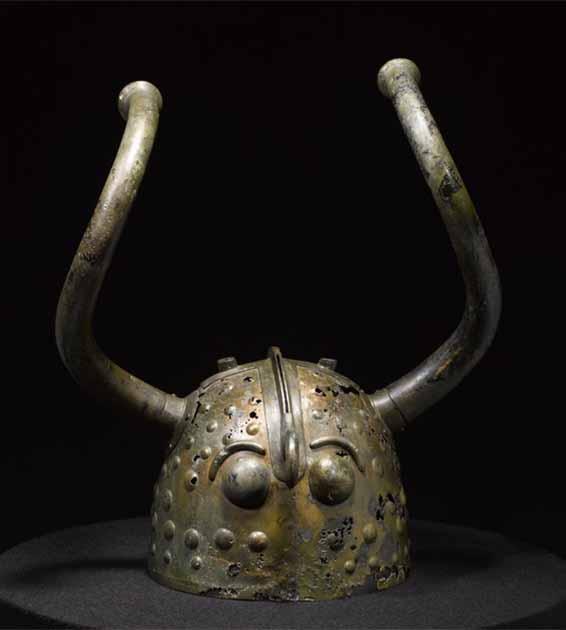
3,000-year-old Bronze Age Horned Helmet found in Denmark in 1942. Featuring long curved bull’s horns extending from a round cap, the helmet was decorated with the beak and large eyes of a bird of prey. (Nationalmuseet / CC BY-SA 3.0 )
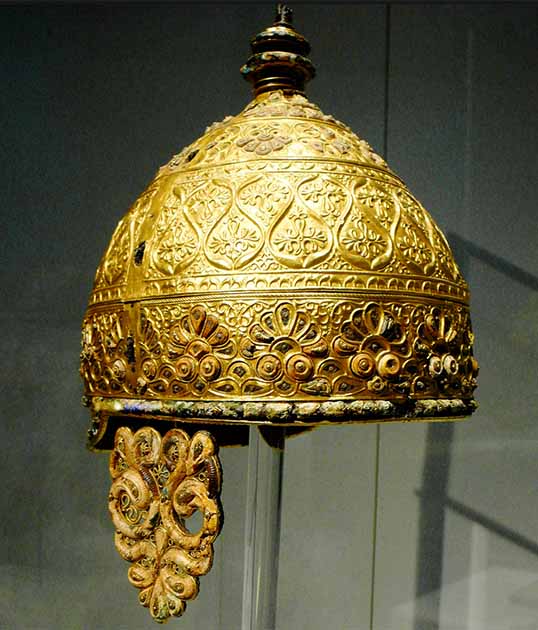
Celtic parade helmet, 350 BC. Found buried in a cave in Agris, western France. The entire cap, neck guard and cheek guards were all cluttered with lavish gold tendril and leaf design. (Xuan Che / Flickr)
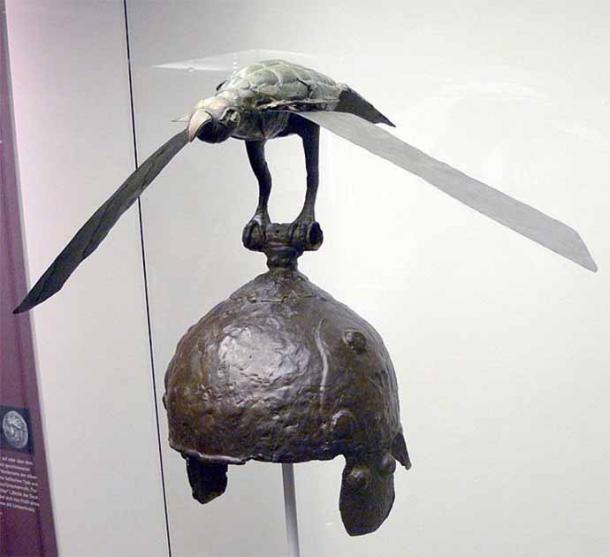
Replica of a Celtic helmet (3rd century BC) from Ciumesti, district Satu Mare (District Museum Satu Mare). Wolfgang Sauber / CC by SA 3.0
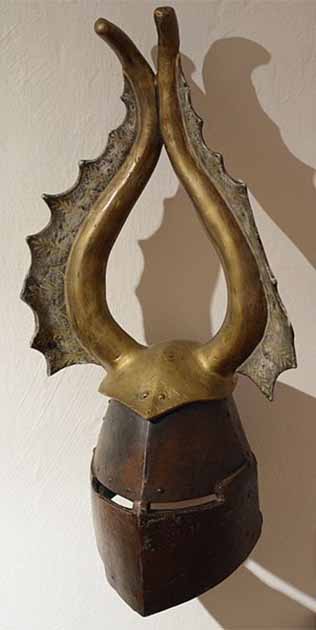
Great helmet with decoration of Albert of Prankh, Austria (Replica). The 14 th century AD original is housed in the Kunsthistorisches Museum in Vienna Dnalor 01 / CC by SA 3.0
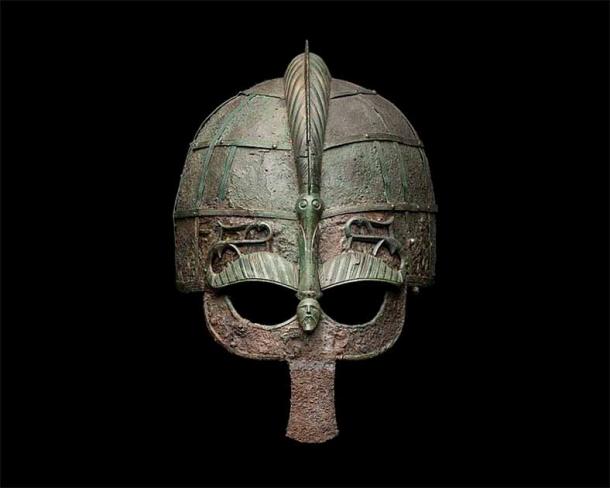
The Vendel helmet in the Statens historiska museum. The Vendel archaeological site is situated in Uppland, on the eastern coast of Sweden, and was used as a burial ground during the Vendel period (c 550 - 800 AD). (Ola Myrin/Statens historiska museum / CC by SA 2.5)
Top image: A terrifying Golden samurai helmet with a tiger mask (warmtail / Adobe Stock)
By Joanna Gillan















